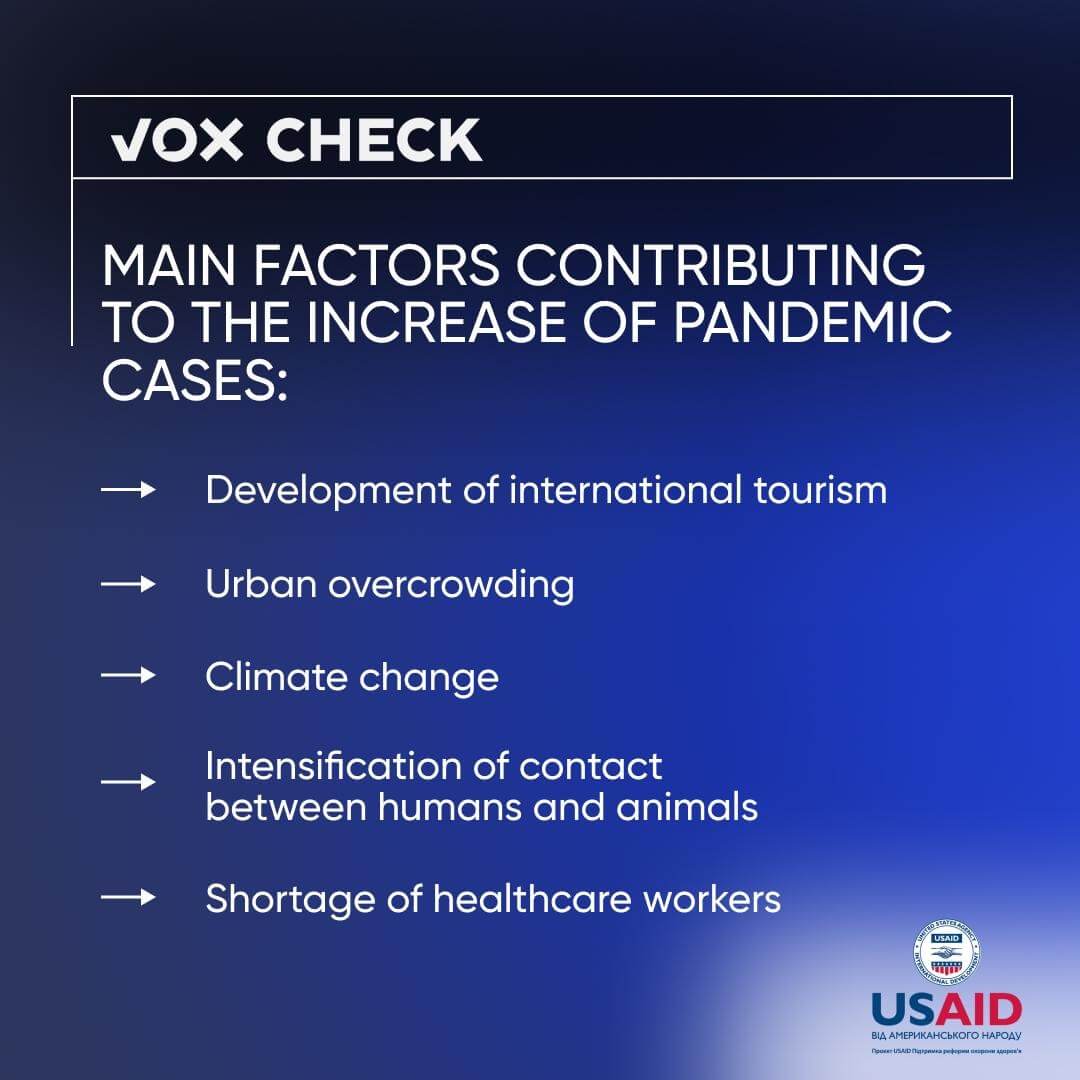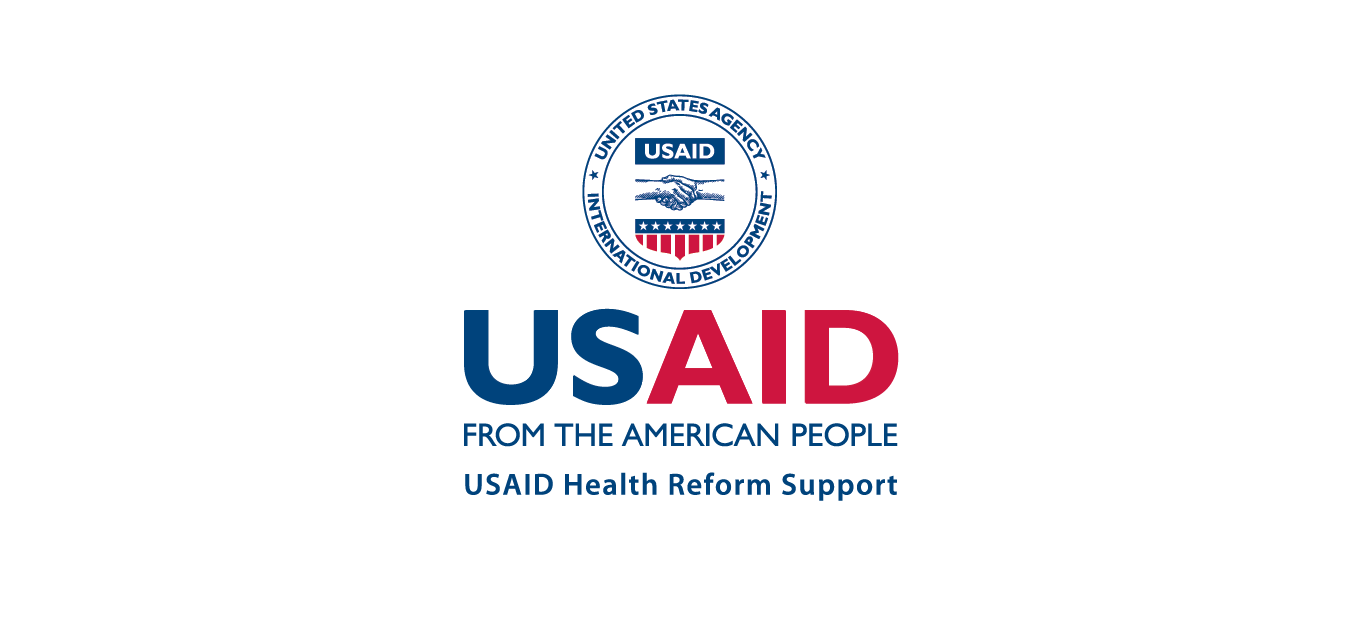In May, Ukrainian blogger and anti-vaccinator Ostap Stakhiv once again spread false information, claiming that the World Health Organization (WHO) is planning new pandemics. Stakhiv, citing the words of the WHO Director-General, stated that “the frightened generation will agree to a new fraud”. The propagandists also did not miss the topic of the so-called “black transplantology” in Ukraine. Russian channels, in particular, circulated a video allegedly from a camera of a deceased Ukrainian soldier who accidentally witnessed an “operation” of organ removal.
With the support of the USAID Health Reform Support project, VoxCheck analyzes and refutes public health narratives spread in the information space of Ukraine, Belarus, and russia on a weekly basis.
Disinformation: The soldier of the Armed Forces of Ukraine became a witness of “black transplantology”
Russian propagandists are once again attempting to discredit the Armed Forces of Ukraine. They are spreading a video allegedly taken from a camera of a deceased Ukrainian soldier who “accidentally” comes across an organ transplant operation being conducted in “field conditions”. The post also suggests that the logo on the container in the video bears a striking resemblance to the logo of a cardiac center in the United Kingdom.
Screenshot of the post
What’s the reality?
The video was initially shared by Russian propagandist Andrii Rudenko, who consistently disseminates disinformation about Ukraine. In the video circulating online, a soldier with a yellow armband can be seen. However, there have been instances where Russian military personnel disguised themselves in Ukrainian military uniforms to deceive others. Therefore, there is no confirmation that these are indeed Ukrainian military personnel. Furthermore, apart from yellow armbands, there are no other distinguishing marks specific to the Armed Forces of Ukraine.
Moreover, it is technically impossible to perform organ transplants in “field conditions”. Previously, Vasyl Strilka, the head of the Directorate of High-Tech Medical Assistance and Innovations at the Ministry of Health of Ukraine, stated that a large team of individuals is involved in transplantation procedures. In a comment to “Hromadske Radio”, Hnat Herych, the head of the First Surgical Department at Lviv’s First Medical Association, emphasized that there are several levels of preparation before organ transplantation takes place.
First, a team of around 10 doctors from various specialties must confirm the person’s death and determine their suitability for transplantation. After that, to proceed with organ transplantation, the explicit consent of the deceased’s relatives is required. However, according to the law of Ukraine “On the Application of Transplantation of Anatomical Materials to Humans“, it is prohibited to retrieve organs from individuals who died as a result of hostilities, meaning military personnel.
According to Hnat Herych, during the operation, the direct retrieval of organs from a person is performed by a team of 6-8 individuals. In contrast, in the propagandists’ video, there are only three individuals present.
Furthermore, the military personnel in the video, who is “guarding” the site of the “operation,” was looking at his phone and didn’t even react when another person calmly entered the premises. The so-called “guard” only started expelling the military personnel when someone shouted “doctor” at him. The doctor in the recording speaks in German, saying, “Get out of here! Go away!” This story perfectly aligns with the Russian narrative that foreign doctors are involved in the alleged black transplantology in Ukraine, exporting organs abroad.
The propagandists draw attention to a symbol on the red container that resembles the logo of the British Heart Foundation, which conducts research on cardiovascular diseases. However, in the recording, no logo is visible due to the poor video quality.
A container from a video shared by Russian Telegram channels
The logo of the British Heart Foundation, referred to by the Russians
And “selling” the harvested organs abroad, as claimed by the Russians, is actually nearly impossible due to their limited viability. For example, the heart and lungs are suitable for transplantation within 4-6 hours after removal. The liver remains viable outside the body for 8-12 hours, and the kidneys for 24-36 hours.
Around the same time, Russian media spread information that organs were being harvested from deceased soldiers of the Armed Forces of Ukraine in a hospital in Kherson, and their bodies were subsequently incinerated in crematoriums. However, the media relies on an anonymous “representative of the Russian Federation in the security forces”. There is no concrete evidence of organ harvesting in the Kherson hospital. Therefore, it is most likely that a staged video and an anonymous report about organ harvesting in Kherson are part of a unified propaganda campaign to discredit Ukraine.
Disinformation: WHO is planning new pandemics
Ukrainian blogger and anti-vaccine activist Ostap Stakhiv published a video in which he claimed that the WHO is planning new pandemics. Referring to the words of the head of the WHO, Tedros Adhanom Ghebreyesus, Stakhiv noted that “a frightened generation will easily agree to a new fraud”.
What’s the reality?
WHO does not plan a new pandemic but calls for reforms to prepare for the potential emergence of new epidemics and emergencies. As stated by the Director-General of WHO at the 76th World Health Assembly in Geneva, although the COVID-19 pandemic is no longer an extraordinary health event, the threat of the emergence of other strains remains. Furthermore, a pandemic could originate from another deadly pathogen.
During the session, member countries approved a budget of $6.83 billion for the years 2024-2025. In turn, WHO committed to implementing reforms, particularly in the areas of budget, management, and financial policies.
In 2024, 194 member countries of the organization plan to adopt an International Agreement on Pandemic Prevention and Preparedness. The document will define goals and principles for combating pandemics. According to preliminary information, member countries will conduct monitoring and data exchange to timely detect new diseases and develop a joint response plan. Preparedness and prevention of health emergencies are among the tasks of WHO.
“A commitment from this generation (to a pandemic accord) is important, because it is this generation that experienced how awful a small virus could be“, said Tedros Ghebreyesus.
Pandemics cannot be planned or predicted; they can emerge anywhere in the world. WHO predicts that the next pandemic could be caused by a zoonotic disease (a disease transmitted from animals) or seasonal influenza. Zoonotic diseases pose the greatest threat to humanity, as pathogens that overcome species barriers can spread more rapidly and have higher lethality compared to other diseases.
The Chief State Sanitary Doctor of Ukraine, Ihor Kuzin, also stated that new viruses would appear much more frequently, with the interval between the emergence of new infections potentially reducing from 100 to 20-50 years. Furthermore, he reported that as long as Ukraine lacks population-level immunity, the risk of new COVID-19 outbreaks remains high.
Source: Dr. Abraham Haileamlak, Doctor of Medical Sciences
Abraham Haileamlak, Doctor of Medical Sciences and professor of pediatrics, noted that in the future, pandemics may occur more frequently due to the following reasons:
- Increase in travel: People traveling from one country to another can carry and spread pathogens of dangerous diseases.
- Climate change affects disease spread in new regions, which can complicate tracking and surveillance efforts. Thus, by changing the natural range of distribution, insects, rodents, bats,and parasitic fungi will be able to transfer dangerous pathogens among different biological species in new areas.
- Increased contact between humans and animals, leading to a higher risk of zoonotic diseases transmission.
- Growing population living in overcrowded and unsanitary environments where infectious diseases can thrive, while healthcare systems may be unable to effectively respond to these threats.
- Shortage of healthcare workers in healthcare systems of countries, which can contribute to an increased risk of disease outbreaks.
This information piece was produced with the assistance of the United States Agency for International Development (USAID), provided on behalf of the people of the United States of America. This article’s content, which does not necessarily reflect the views of USAID, the United States Government, is the sole responsibility of Deloitte Consulting under contract #72012118C00001.
Attention
The authors do not work for, consult to, own shares in or receive funding from any company or organization that would benefit from this article, and have no relevant affiliations







